Select an Orthopaedic Specialty and Learn More
Use our specialty filter and search function to find information about specific orthopaedic conditions, treatments, anatomy, and more, quickly and easily.
GET THE HURT! APP FOR FREE INJURY ADVICE IN MINUTES
Shoreline Orthopaedics and the HURT! app have partnered to give you virtual access to a network of orthopaedic specialists, ready to offer guidance for injuries and ongoing bone or joint problems, 24/7/365.
Browse Specialties
-
- Joint Disorders
- Shoulder
- Sports Medicine
AC Joint Inflammation
The AC (acromioclavicular) joint is formed where a portion of the scapula and clavicle meet and are held together by ligaments that act like tethers to keep the bones in place. Inflammation of the AC joint is a frequent cause of pain in the top portion of the shoulder.
More Info -
- Joint Disorders
- Knee
- Ligament Disorders
- Sports Medicine
ACL Injuries & Reconstruction
One of the most common knee injuries is an ACL sprain or tear. Athletes who participate in high demand sports like soccer, football and basketball are more likely to injure their anterior cruciate ligaments. About half of all ACL injuries occur along with damage to other structures in the knee, such as articular cartilage, meniscus, or other knee ligaments.
More Info -
- Elbow
- Joint Disorders
- Minimally Invasive Surgery (Arthroscopy)
Elbow Arthroscopy
Arthroscopy is a minimally invasive surgical procedure used by orthopaedic surgeons to visualize, diagnose and treat problems inside the joint. Your doctor may recommend elbow arthroscopy if you have a painful condition that does not respond to nonsurgical treatments such as rest, physical therapy and medications or injections to reduce inflammation.
More Info -
- Hip
- Joint Disorders
- Physical Medicine & Rehabilitation (PM&R)
- Sports Medicine
Femoral Acetabular Impingement (FAI) & Labral Tear of the Hip
When bones of the hip are abnormally shaped and do not fit together perfectly, the hip bones may rub against each other and cause damage to the joint. The resulting condition is femoroacetabular impingement (FAI), which is frequently seen along with a tear of the labrum.
More Info -
- Hip
- Joint Disorders
- Joint Replacement & Revision
Hip Resurfacing
During hip resurfacing, unlike total hip replacement, the femoral head (ball) is not removed. Instead, it is left in place, where it is trimmed and capped with a smooth metal covering. In both procedures, however, the damaged bone and cartilage within the acetabulum (socket) is removed and replaced with a metal shell.
More Info -
- Joint Disorders
- Knee
- Pediatric Injuries
- Sports Medicine
Jumper’s Knee
Repetitive contraction of the quadriceps muscles in the thigh can stress the patellar tendon where it attaches to the kneecap, causing inflammation and tissue damage (patellar tendinitis). For a child, this repetitive stress on the tendon can irritate and injure the growth plate, resulting in a condition referred to as Sinding-Larsen-Johansson disease.
More Info -
- Hip
- Neck and Back (Spine)
- Physical Medicine & Rehabilitation (PM&R)
Sciatica
Most common between 30 and 50 years of age, sciatica is a pain in your lower back or hip that radiates to the back of your thigh and into your leg. Often people think that the source of the pain is the buttock, hip or thigh and seek medical care for a “hip” problem only to learn that the source of the pain is the lower back.
More Info -
- Neck and Back (Spine)
- Pediatric Injuries
- Physical Medicine & Rehabilitation (PM&R)
- Sports Medicine
Spondylolysis & Spondylolisthesis
Many people with spondylolysis and spondylolisthesis do not experience obvious symptoms or pain. Often, a patient visits the doctor for activity-related lower back pain, only to be surprised by the diagnosis. Patients may experience what feels like a muscle strain, with pain that spreads across lower back, and is sometimes accompanied by leg pain. Spondylolisthesis can also cause spasms that stiffen the back and tighten hamstring muscles, resulting in changes to posture and gain.
More Info

